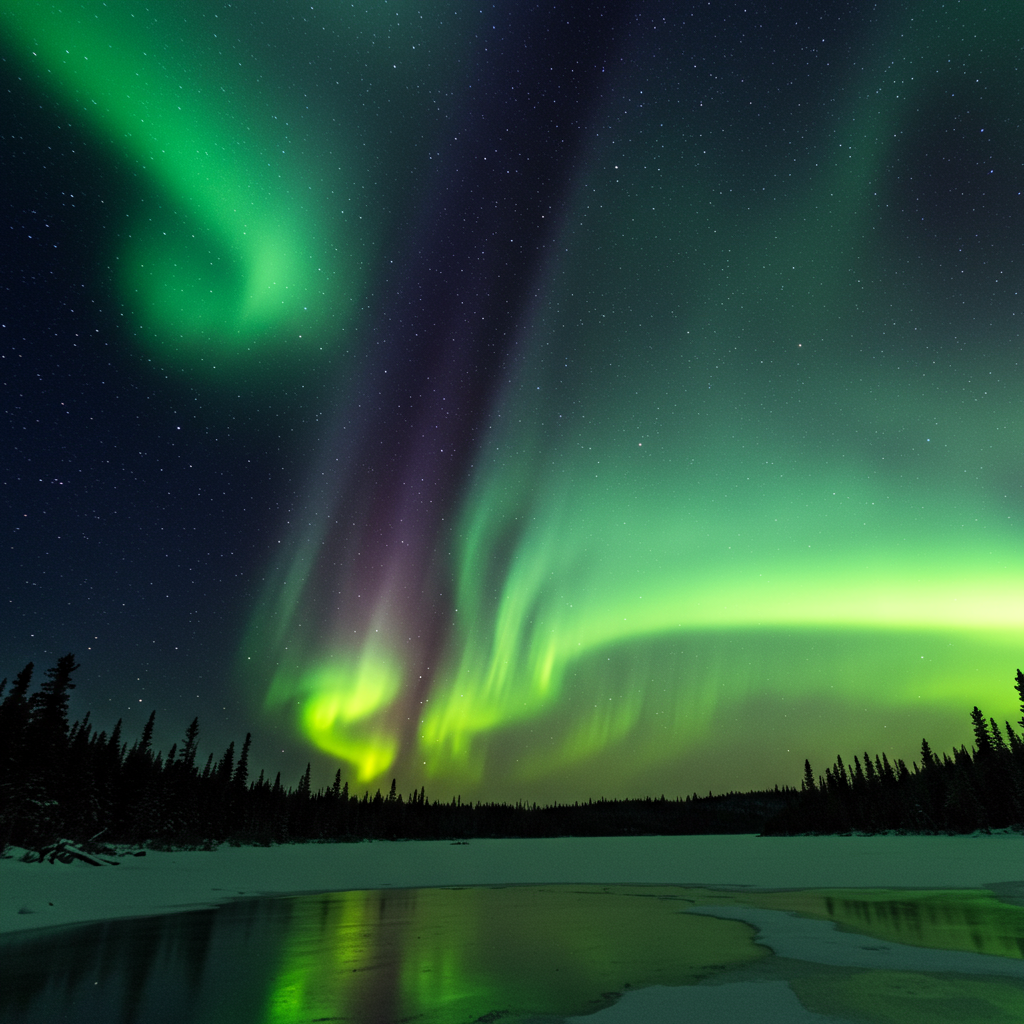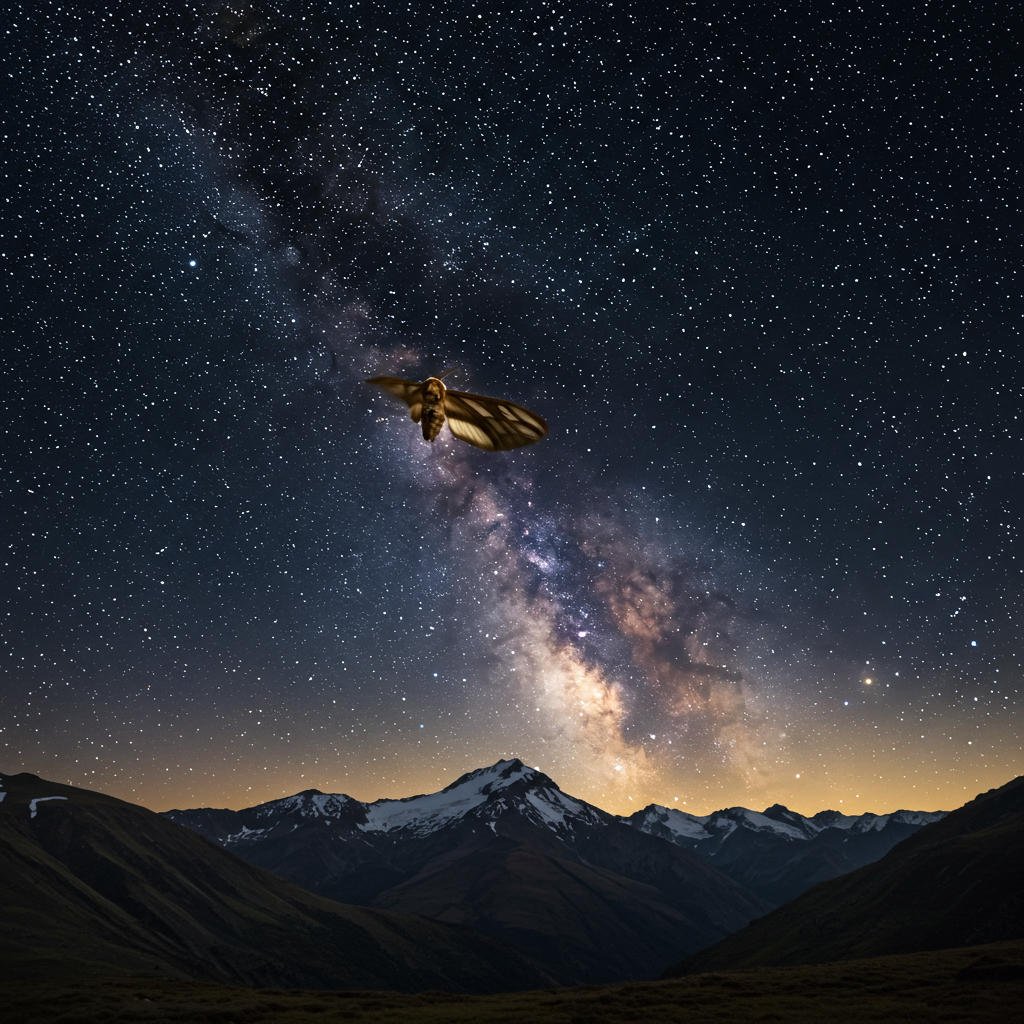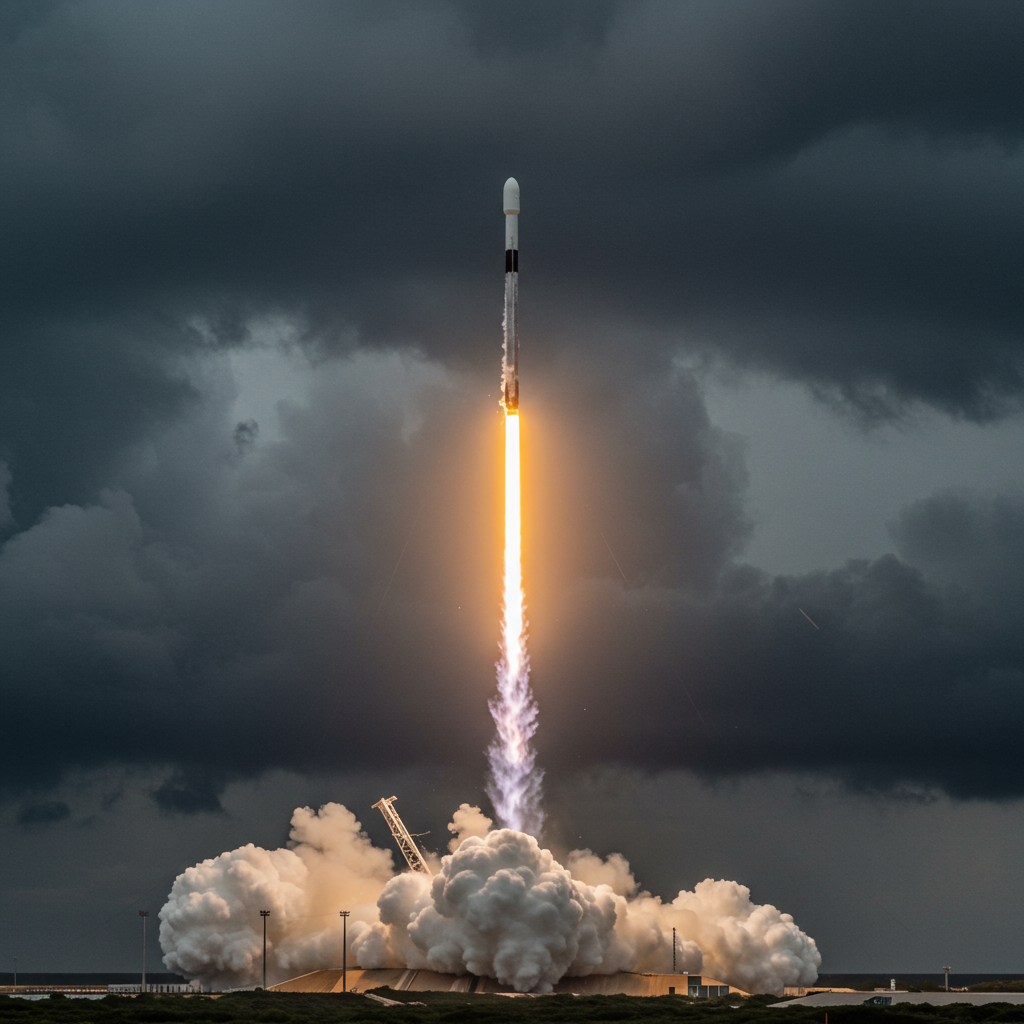Get Ready for a Celestial Spectacle: Northern Lights Expected!
Exciting news for skywatchers across the northern United States! The mesmerizing aurora borealis, also known as the northern lights, is expected to make an appearance this week, offering a potential stunning display across a wide range of states.
This forecast comes courtesy of the National Oceanic and Atmospheric Administration’s (NOAA) Space Weather Prediction Center (SWPC), which continuously monitors solar activity and its impact on Earth’s magnetic field.
Why the Aurora Might Appear
The potential for seeing the northern lights is linked to increased geomagnetic activity. This week, NOAA forecasts minor to moderate geomagnetic storms. These storms are caused by streams of charged particles, known as solar winds, emanating from the sun. Sometimes these winds originate from features like coronal holes or colder, less dense spots on the sun’s surface.
NOAA tracks the intensity of this activity using the Kp-index, a global scale ranging from 0 to 9. A higher Kp number indicates a stronger disturbance in Earth’s magnetic field and increases the potential for auroras to be visible further away from the poles.
For this week, the Kp index is expected to peak around Kp 5, a level that suggests the lights could be brighter, more active, and move further south than usual. Some forecasts even indicate the activity could reach levels up to Kp 5.67, which is classified as a Moderate (G2) geomagnetic storm, capable of expanding the auroral oval and shifting it significantly southward.
Which States Have the Best Chance to See the Lights?
Based on the current forecasts and expected Kp levels, numerous states, particularly in the northern tier of the U.S., could have a chance to witness the aurora borealis. If weather conditions are clear, skywatchers in these areas should look to the northern horizon.
States with the highest potential include:
Alaska (often has the highest probability)
Washington
Northern Idaho
Montana
Wyoming
North Dakota
South Dakota
Minnesota
Wisconsin
Michigan (especially Upper Michigan)
Iowa
New York (especially northern parts)
Vermont
New Hampshire
Maine
While the chance is generally better in the states listed above, under stronger conditions, the “view line” could potentially extend slightly further south, offering a low chance of visibility in parts of states like Oregon or further south in Iowa or New York.
Tips for Spotting the Aurora
Timing is crucial when hoping to catch the northern lights. The best viewing window is typically within an hour or two of midnight, often recommended between 10 p.m. and 2 a.m. local time.
To maximize your chances:
Find dark skies: Get as far away from city lights and light pollution as possible.
Seek a clear view north: Find an open field, hilltop, or coastline with an unobstructed view of the northern horizon. Conservation areas or local parks away from urban centers can be good spots.
Check the weather forecast: Clear skies are essential. Clouds, rain, or thunderstorms will obscure the view.
- Monitor forecasts: Resources like the NOAA SWPC website offer short-term aurora forecasts (often 30-90 minutes ahead) that can help you time your viewing.
- www.usatoday.com
- www.space.com
- www.jsonline.com
- www.forbes.com
- www.burlingtonfreepress.com
Important Viewing Notes
Keep in mind that auroras can be fickle. Their appearance is not guaranteed, even when forecasts are favorable, as it depends on various atmospheric and space weather conditions aligning perfectly.
Additionally, since this event is occurring closer to the summer solstice, the period of true darkness is shorter in the Northern Hemisphere. Lingering twilight can make fainter auroras harder to see.
Understanding the Aurora Borealis
The stunning light show is produced when those charged particles from the sun’s solar wind collide with gases (primarily oxygen and nitrogen) in Earth’s upper atmosphere. Earth’s magnetic field acts as a protective barrier, but the interaction of stronger solar winds with the field channels these particles towards the poles, resulting in the vibrant greens, pinks, and purples we see.
The sun is currently in a period of heightened activity as it approaches and moves through its Solar Maximum, which peaked in October 2024 and is expected to continue into early 2026. This increased activity generally leads to a greater potential for impressive aurora displays that can be seen from lower latitudes. Historically, major events have even resulted in the aurora being seen much further south, such as from Mexico City during a notable display in 1958.
Stay tuned to space weather forecasts and prepare your viewing spot for a potential celestial treat this week!




